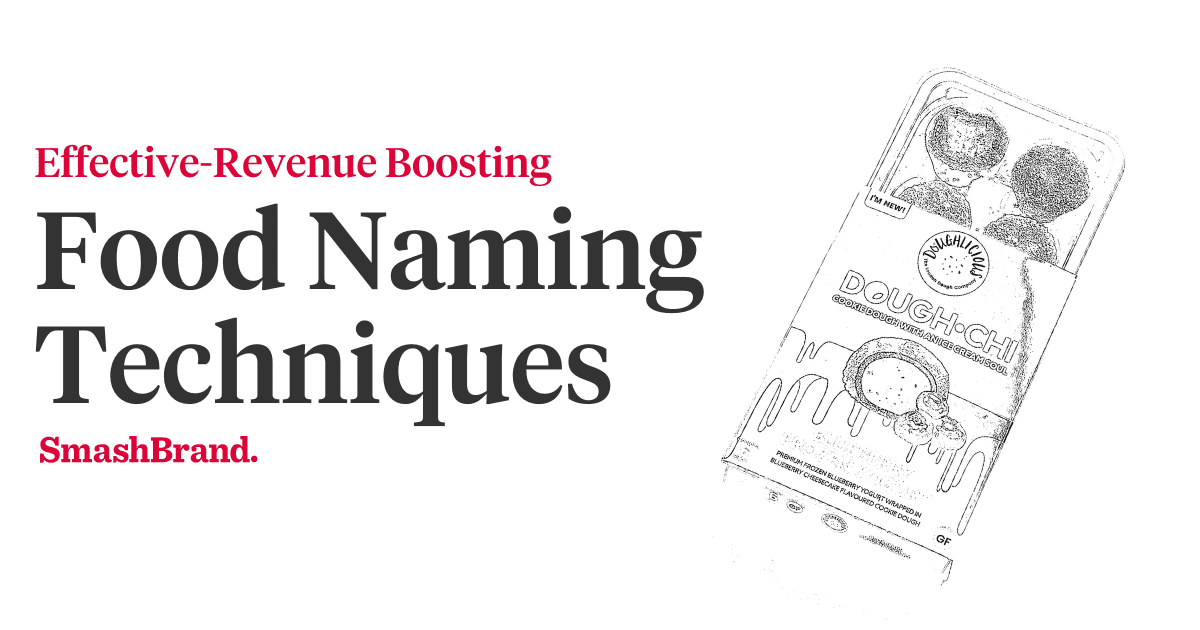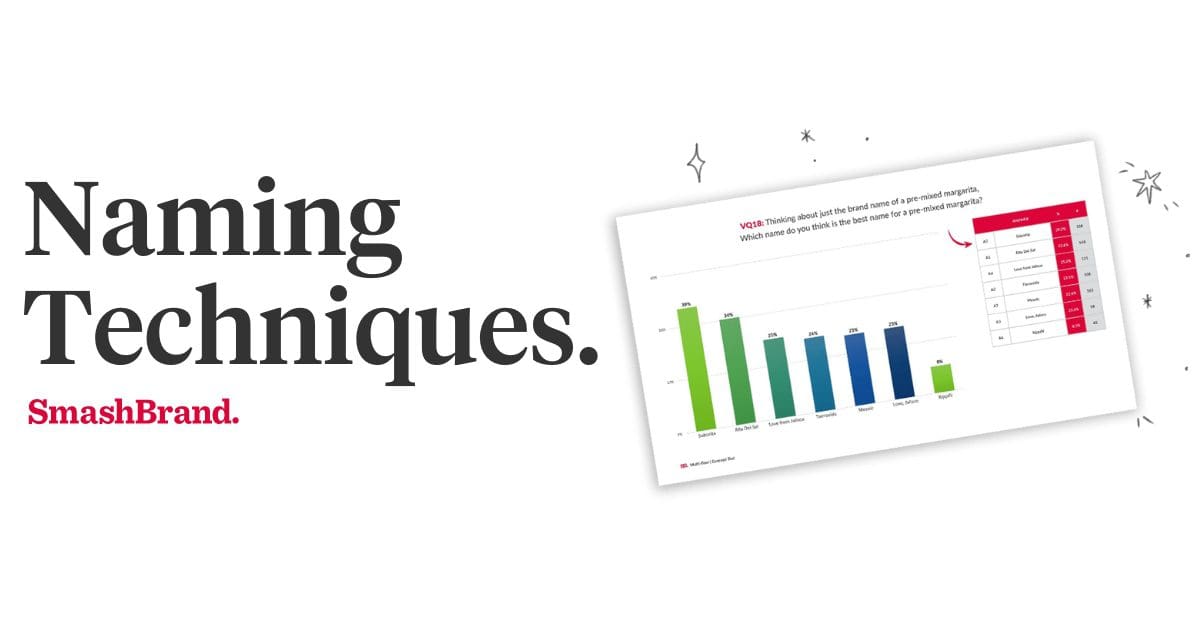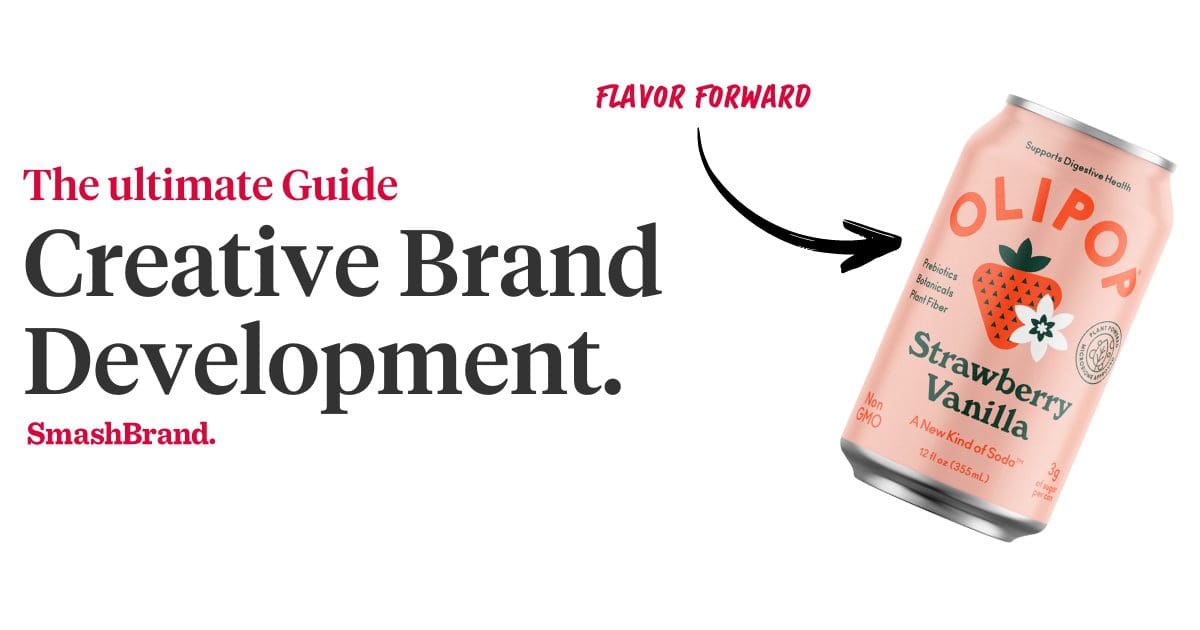Listen to This Article

Have you noticed no clear 2nd decade of the 21st century aesthetic? It seems every other era had a very specific element of fashion that served as a cultural marker, which is totally absent today. Let’s run the gamut of style throughout the 20th century, shall we?
- The Edwardian age had Gibson Girl hairdos, country estates and a sincere love of hats that look like the Ace of Cakes designed them.
- The 1920s had flappers, cigarette holders and F. Scott Fitzgerald retching out of the window of various Model T Ford Touring Cars.
- The 30s had pinstripe suits and a young, fresh Joan Crawford.
- The 40s had Rosie the Riveter and middle-aged Joan Crawford’s eyebrows.
- The 50s had poodle skirts and pre-Vegas Elvis.
- The 60s had the Beatles – all any decade needs – and pre-grunge grunge.
- The 70s had punk, disco, bell bottoms, Vegas Elvis and, for better or worse, the Ford Pinto.
- The 80s had shoulder pads, hair metal bands and all the source material for Adam Sandler’s career.
- The 90s had grunge, severely baggy clothing, Seinfeld and Seinfeld rip-offs.
Today, we enjoy an unfocused hodgepodge of elements straight from different and instantly identifiable eras, topped off with the ubiquitous dedication to the smartphone. Is it any wonder that graphic designers constantly reference older and (visually) better times? Hello, retro package design.
Get your Hands on the SmashReport!
And enter to win a FREE brand diagnosis worth $20,000.
*The SmashReport is a monthly newsletter for FMCG and CPG brands, helping them stand out in the competitive retail marketplace.
What’s Old Is New Again
Nothing is truly new — even the act of recycling cultural phenomena. Pop art in the 1960s used iconography from older films, comic books and advertisements; the 1970s had “Grease,” “American Graffiti,” “Happy Days,” “Laverne and Shirley” and possibly other films and television shows both directly and indirectly involving Ron Howard.
Nothing is inherently superior about retro style from years we remember fondly, except for one self-evident truth — we were younger. Everyone who remembers the 1980s and 1990s wistfully remembers a time when they didn’t have a crushing mortgage, when they had no need for any Viagra-like product and when they could achieve six-pack abs without the help of airbrush tanning. When we see Pepsi Throwback products, for example, we’re reminded of a more innocent time when we were blissfully unaware of things like carbs, high fructose corn syrup and nutrition-tracking apps.
This is essentially why retro package design will always have an audience. Even the most garish 1970s design concept will still yield some feelings of warmth.
Bygone Eras
You won’t find too many people intimately familiar with the “Downton Abbey” age; even the descendants of the servants and the lords only have the haze of third-person accounts from previous generations. Nevertheless, we are still entranced by all of the pomp and splendor. Everything was prettier and more ornate. People spoke precisely and with charming accents. There were butlers, for heaven’s sake.
Since most of us aren’t comfortable actually walking around in corsets and spats, we have to make due with products that give the impression of being old-timey. Glass bottles, Art Nouveau-themed cosmetics boxes and food containers that evoke the long-gone general store all give the impression of quaintness and even quality. When we see paper and glass packaging with nostalgic typography, we tend to think the product is more natural and filled with folksy goodness.
Great design – great art, in fact – is largely sampled from other sources. The fact that our current era is more focused on information and communications technology than on developing a specific look has necessitated borrowing from the past. However, that doesn’t mean that the designs are therefore irrelevant. The fact that a design is retro gives it a meaning it didn’t have when it was originally presented in its birth era. They force us to investigate our relationship to art and aesthetics in a different way; the juxtaposition of older designs and new products is an inherent statement.
So, sample away from those Taschen compilation coffee table books. Retro package design is thoroughly legitimate, and we’ll fight anyone who says different. If Andy Warhol were still with us, he’d applaud you.
Data-Driven Brand Development
Want a best-selling brand? SmashBrand is a brand development firm for FMCG and CPG companies. From brand strategy to packaging design testing, our Path To Performance™ process guarantees a retail performance lift. Book a time to discuss your project with our team.





